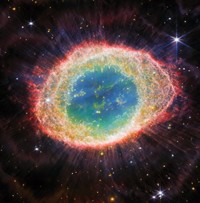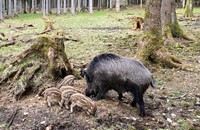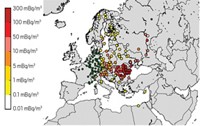Advertisement
Grab your lab coat. Let's get started
Welcome!
Welcome!
Create an account below to get 6 C&EN articles per month, receive newsletters and more - all free.
It seems this is your first time logging in online. Please enter the following information to continue.
As an ACS member you automatically get access to this site. All we need is few more details to create your reading experience.
Not you? Sign in with a different account.
Not you? Sign in with a different account.
ERROR 1
ERROR 1
ERROR 2
ERROR 2
ERROR 2
ERROR 2
ERROR 2
Password and Confirm password must match.
If you have an ACS member number, please enter it here so we can link this account to your membership. (optional)
ERROR 2
ACS values your privacy. By submitting your information, you are gaining access to C&EN and subscribing to our weekly newsletter. We use the information you provide to make your reading experience better, and we will never sell your data to third party members.
Analytical Chemistry
Radioactive plume detected above Europe
Trace levels of radioactive elements were measured over Scandinavia and the Arctic
by Laura Howes
July 5, 2020
| A version of this story appeared in
Volume 98, Issue 26

During June, small levels of several radioisotopes were measured in the air above Europe. Stations in Estonia, Finland, and Sweden detected cesium-134, cesium-137, cobalt-60, and ruthenium-103. The concentrations were only a few microbecquerels per cubic meter of air and posed no danger to people or the environment, according to local officials. The isotope mix suggests that the source was a nuclear power plant, and the release could have happened during normal operations rather than in an accident, says Georg Steinhauser of Leibniz University Hannover. On June 27, the International Atomic Energy Agency contacted other countries in the region for more information. So far, no other countries have measured elevated radioisotope levels or reported releases from their plants. Using the data from the Scandinavian stations, researchers at the Dutch National Institute for Public Health and the Environment calculated that the radionuclides entered northern Europe from the southeast, but they did not make any final conclusions about the origin of the nuclides. In 2017, radioactive ruthenium-106 was detected in the air across Europe. The radioisotope was present at high enough levels that scientists were able to reconstruct the origin of that plume, but the smaller amounts measured this time may make that impossible.





Join the conversation
Contact the reporter
Submit a Letter to the Editor for publication
Engage with us on Twitter